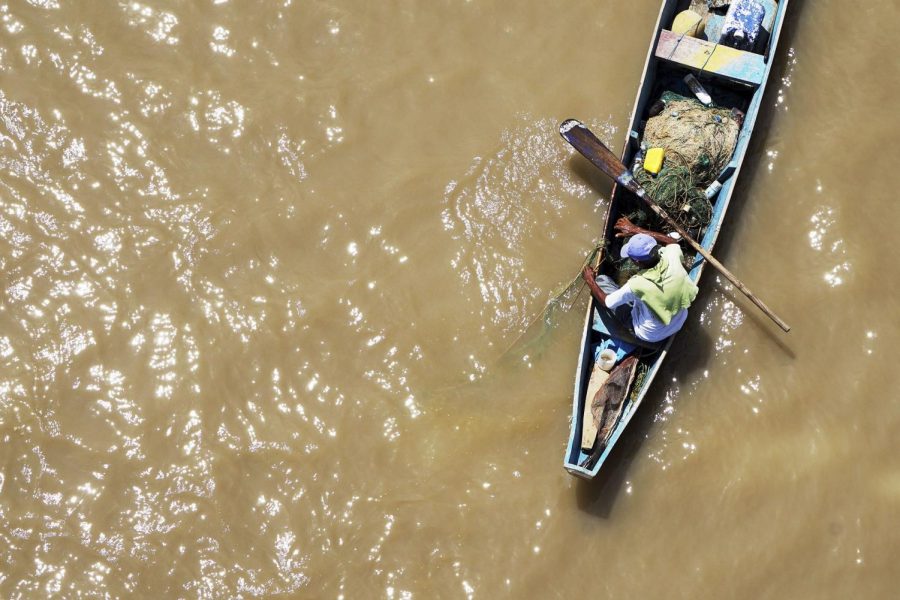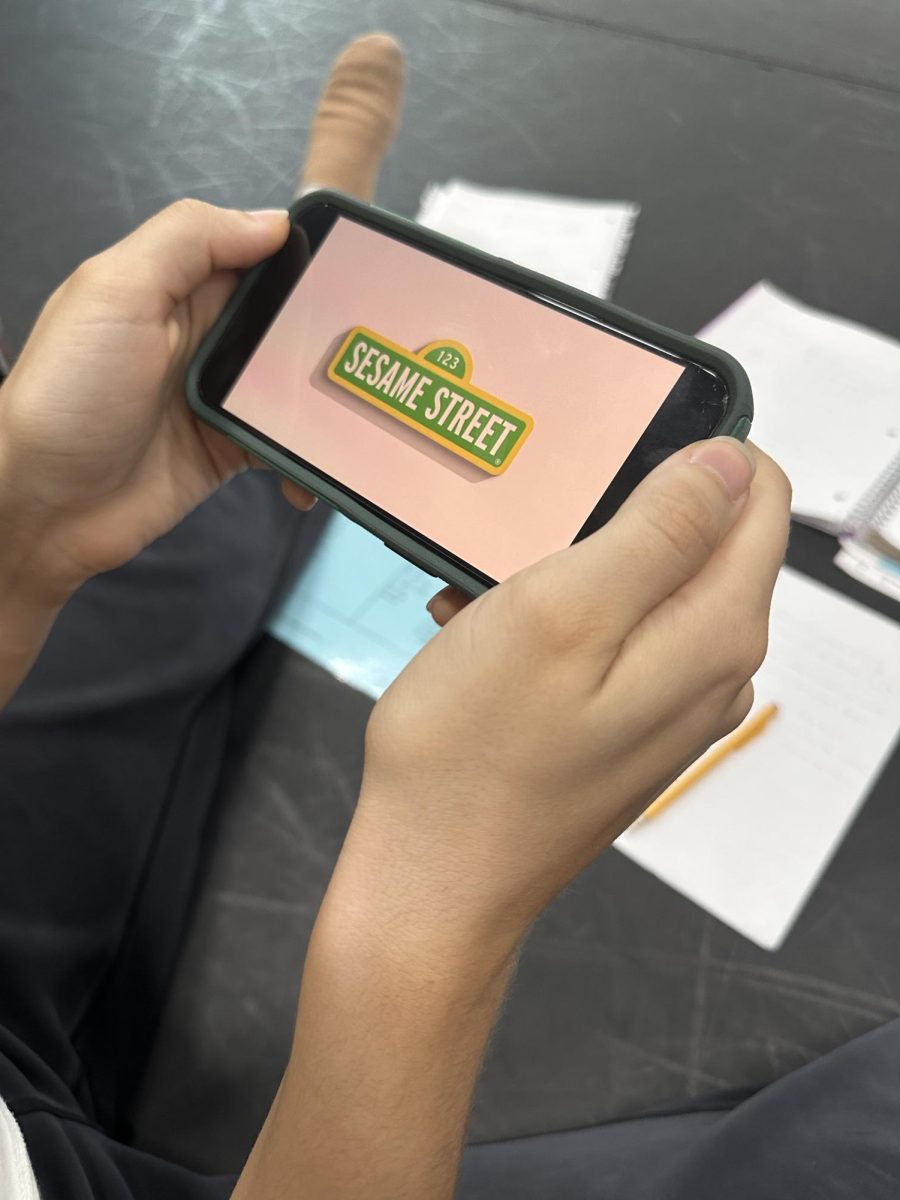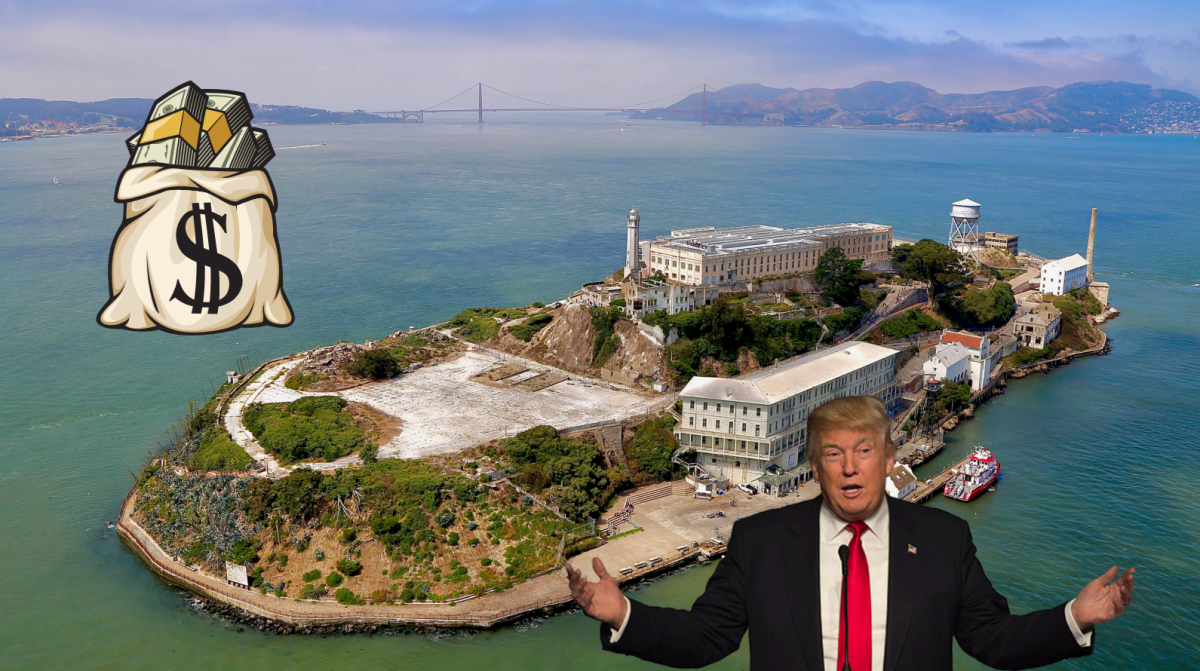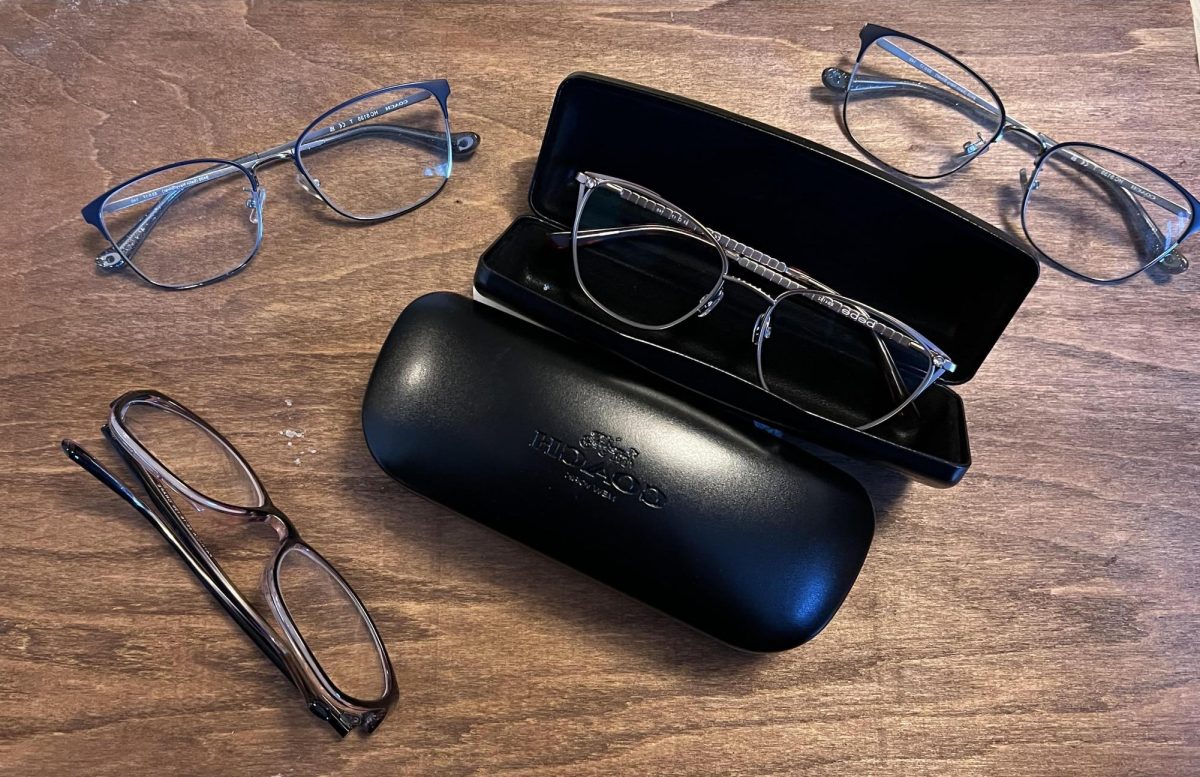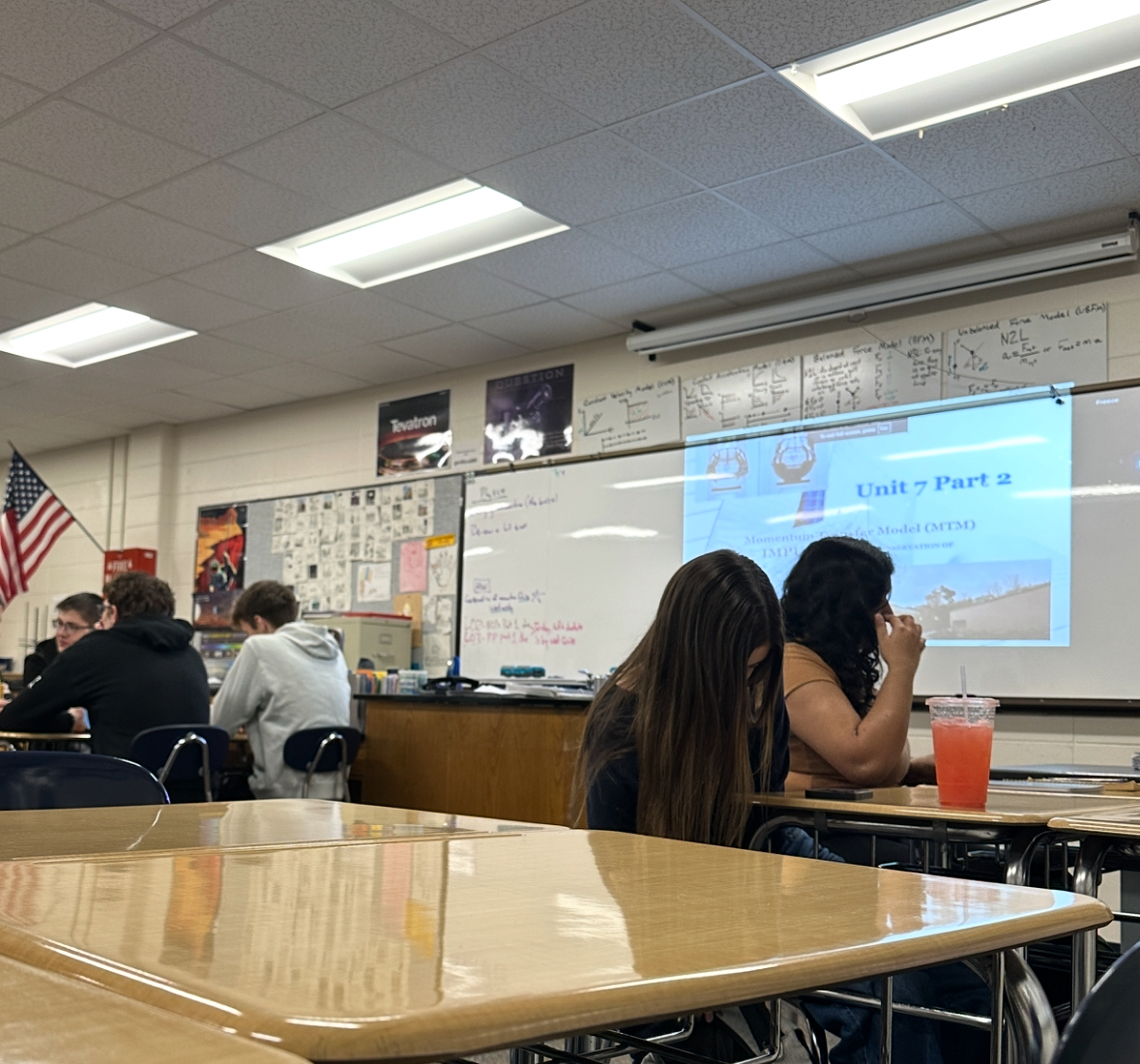One of the largest visible problems in the river ways and oceans around the United States is the alarming amount of accumulated trash and plastic. The most prominent areas for trash to accumulate is in the harbors and marinas. These are the last doorways between the rivers and beyond and the last opportunity to get to the trash and plastic before it gets to the oceans and wrecks havoc on marine life and the ecosystems of our oceans. However, an invention by the Baltimore WaterFront Partnership has given life to new technology which could help combat pollution in rivers and harbors around the world.
In Baltimore, Maryland, the WaterFront Partnership has teamed up with the City of Baltimore with hopes of cleaning up one of the dirtiest harbors in the United States. To help purify the waters, the partnership has created a new structure that has made a significant impact on the quality of water of the Jones Falls River and harbor. The new structure is called the Inner Harbor Water Wheel, known in the community as “Mr. Trash Wheel.” This device is extremely efficient and completely self-powered and self-operated, costing none to the city or the operators.
Mr. Trash Wheel is powered by the current of the river and covered with solar panels to ensure constant energy supply. The device has two lines that catch trash and send it towards the machine. This directs the trash onto a conveyer belt, where it empties into a dumpster that can easily be moved to and from the wheel. According to Healthy Harbor Baltimore, Mr. Trash Wheel is capable of removing 50,000 pounds of trash daily. Although the wheel does not actually collect that much, it is still capable.
The project was launched May 9, 2015 and has collected an impressive amount of trash and debris in its three-year lifetime. The WaterFront Partnership of Baltimore reports the following statistics for the wheel: “A grand total of 1,094,340 pounds, made up of 372,650 plastic bottles, 464,967 polystyrene containers, 8,965,600 cigarette buds, 6,478 glass bottles, 257,337 plastic bags, and 346,149 chip bags.”
If this water wheel design could be applied to other waterways in the United States, it would mean a great deal in cleaning up rivers. C.J Roethler, senior, thinks this design would work perfectly in the Mississippi River. “My family and I like to go boating in the summer on the Mississippi. I do notice a lot of trash around the marina where we dock, and I can only imagine how much more there is in the downtown area. I think doing something would help with the pollution, and this water wheel is definitely a cool idea.” As of now, there is no movement towards copying the design in the Mississippi, but the idea is definitely known around the United States.


